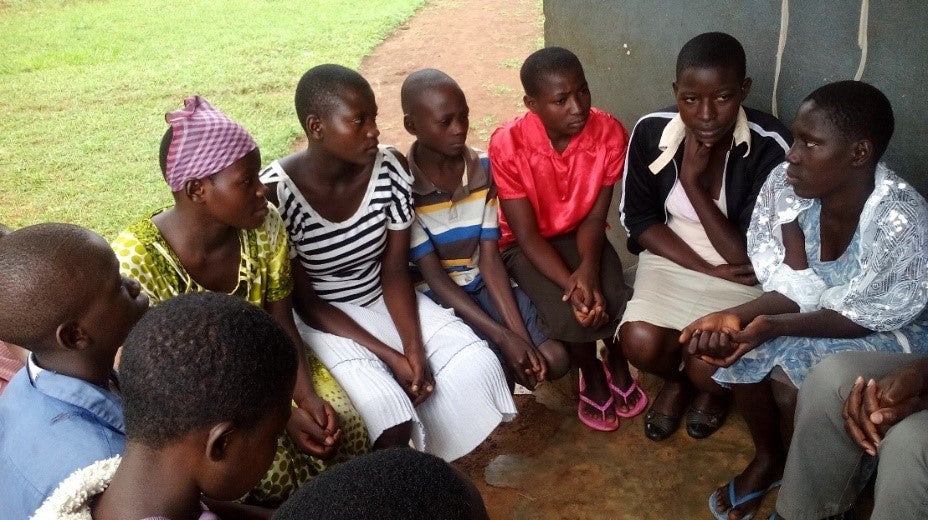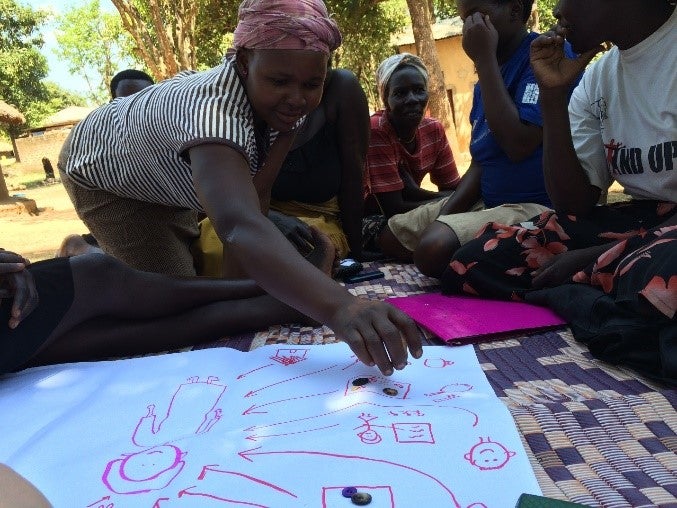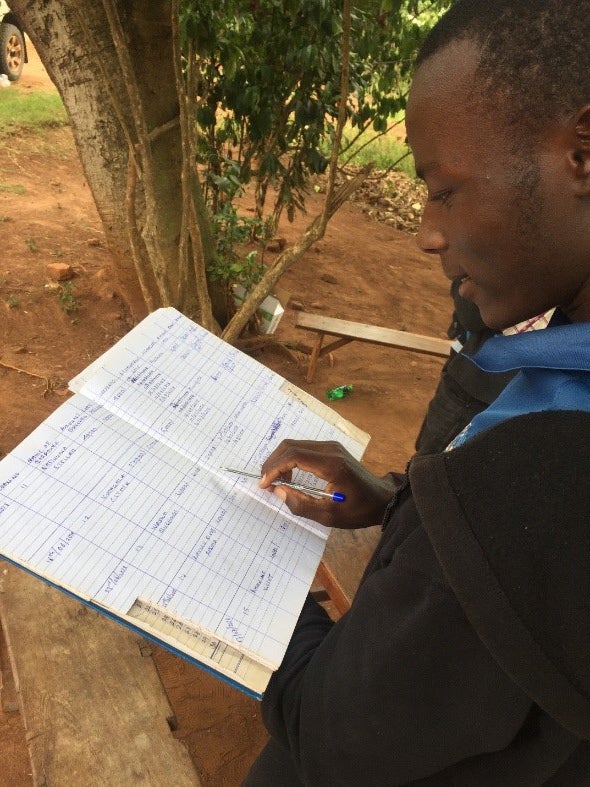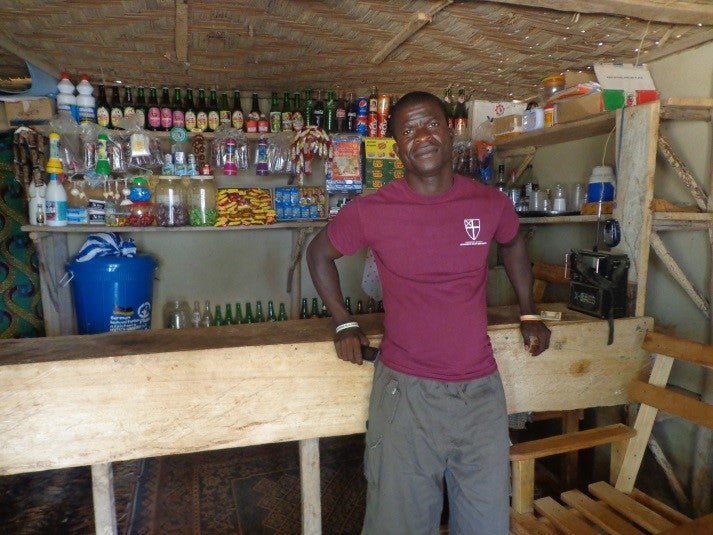The Path to Financial Health Begins in Adolescence
By the age of 10, many young people have already started to form financial behaviors that will be with them for life. It is well established that these capabilities will evolve and solidify as they progress through the multiple stages of youth development, starting with early adolescence and progressing into young adulthood. But is the financial inclusion community considering youth’s developmental stage as we design programs to strengthen young people’s core capabilities for lifelong financial health?
Myriad factors influence how youth learn to earn and use money, ranging from the financial practices modeled by caretakers or friends to the skills learned in school or training programs. Youth’s evolving status in the household — the transition from a dependent to a contributor — also impacts their financial capability, as does their developmental stage and the associated physical, social, emotional and intellectual changes they undergo in each phase. It is critical that youth financial inclusion programs tailor interventions to young people’s life stage to achieve long-term impact on financial health.
Early adolescence (ages 10 to 14)
Take early adolescence, for example. At this stage, young people begin to identify with their peers, and parents lose some influence as their children look for affirmation and recognition from friends. Youth begin to seek independence, but they still want and need help and approval from adults. They begin to form hobbies and interests, and they develop their ability to think abstractly and logically.

In the context of financial health, youth in this stage are forming behaviors on their own and copying those modeled by caregivers. While youth generally emulate the financial practices of their parents — both positive and negative — they sometimes devise strategies to practice positive financial behaviors despite their family. For example, a young woman participating in a Making Cents-supported program in Uganda mentioned defying the expectation to give her earnings to her father, who would spend the money on his priorities. Instead, she kept the money to pay for the items she needed, such as soap, books and menstrual supplies.
In early adolescence, youth also begin to earn money through after-school or odd jobs. As part of research undertaken through a U.S. government-funded project in Uganda, Making Cents found that youth ages 10-13 were independently earning money by cutting grass for roofs, moving bricks, fetching water and sweeping houses, among other activities. In some cases, youth decide how to spend or save their earnings and learn how to balance their needs with their wants, driven in part by the influence of their peers but also by their household level of income. In this vein, a young boy living in Gulu, Uganda, noted: “… [W]ith my savings, I was able to buy shoes when it is sunny so I don’t have to go barefoot.”

Early adolescence is a good time to introduce young people to key financial literacy concepts, such as the value of money, earning, saving and spending. Short, targeted sessions that include activities like discussing money flows, playing spending prioritization games and drawing savings goals can reinforce these concepts in an engaging way. Children’s savings groups can complement training. The aforementioned project in Uganda found that children ages 10 to 13 can indeed save, though they rely in part on money provided by caregivers. Children’s savings groups instill healthy financial behaviors early on and help youth to practice skills such as planning and making wise investments. For example, a Ugandan youth shared: “With my savings, I was able to get two ducks so they multiply and I can sell them.”
Fostering opportunities for young people to talk about money management with their family members can encourage youth to practice smart financial behaviors. In Uganda, caregivers, youth and children within the same households received financial literacy training and were encouraged to discuss core concepts with their family members. As one caregiver noted: “The training taught me that you first have to plan before you spend money and you must come together as a family to decide how to spend.”
Late adolescence and emerging adulthood (ages 15 to 24)
As young people enter late adolescence and emerging adulthood, they begin to step into leadership roles and to desire respect from their parents and other adults. Their sense of self emerges, and their areas of interest begin to crystalize. In developing countries, many leave school and identify livelihood opportunities for the first time. Some youth engage in romantic relationships and may transition to new roles as spouses or parents.
During this period, young people’s financial attitudes and behaviors continue to solidify. Their first experiences with money morph into practices, and many step into contributing roles within their households. Youth begin to earn money and may be exposed to informal and formal financial services, such as savings groups or mobile money platforms. For example, 18-year-old Sala, a young Egyptian, started a home-based grocery store with her sister by using money from a savings group. Proud of her contribution to the household, she noted: “One of the happiest moments in my life was when I could pay the cost of constructing a wooden ceiling for two of the rooms in our house.”

In late adolescence and emerging adulthood, more robust interventions targeting financial capability can be implemented, building on young people’s growing experience with and reliance on money. Savings and lending groups can be valuable financial instruments to save money and explore how to use credit wisely. Linkages with financial institutions through the savings group structure, first for savings purposes and then possibly for individual and group lending, can support young people’s entrance into the world of formal finance.
This stage is also a good time to strengthen soft skills that are important for financial health, such as planning, negotiation, problem-solving and decision-making, as well as financial literacy skills like financial planning and budgeting. Entrepreneurship skill-building initiatives can help youth explore strategies for taking smart risks that build their resilience to financial uncertainty and shocks. When entrepreneurship training incorporates soft and financial skills, it can help youth unlock financial resources for increased income generation.
Linking young people to positive adult role models through mentoring and coaching programs reinforces healthy financial behaviors. In Liberia, Making Cents found that coaches helped youth think through their business plans, solve challenges and access resources. Similarly, youth participating in the Enterprise Your Life program in Egypt saw their “coach as a brother or sister who can help guide them” to start new income-generating activities.
Early adulthood (ages 25 to 30)
By the time they reach early adulthood, young people typically live outside the family home with a spouse or friends or on their own. Often, they are financially autonomous and rely on their own skills, knowledge and attitudes to make financial-planning decisions, though they may draw on friends and family to overcome setbacks or shocks. Many think about the future and set goals for growing a business, purchasing a home or paying their children’s school fees. Papa Artee, a 28 year old in Liberia, is typical of this cohort. He grows crops at home, and his wife transports them to the market. They are saving the income they earn to purchase a car to reduce their transportation costs.
Early adulthood is a chance to solidify positive financial behaviors and make course corrections. During this phase, skill building is less critical, but helping young people to access formal financial products for the first time can be beneficial. Youth at this stage may be interested in accessing formal credit, but they may face barriers related to collateral, confidence and guarantor requirements. In this instance, working directly with financial institutions to adapt financial product specifications and delivery channels can increase young people’s access to financial services. In the case of a 26-year-old Yemeni woman, Alhan, it was only when a local microfinance institution carried out a special promotional campaign for youth in her village that she took a chance and accessed the capital necessary to open a small first-aid clinic.

Youth is a critical developmental phase during which lifelong financial behaviors are developed. It is characterized by distinct stages of physical and emotional maturity, influences and economic opportunity. A graduated approach to financial inclusion that introduces skill building and access to financial services over time, considering young people’s life stage, is key to developing financially healthy youth today — and adults tomorrow.
Anne Bitga is a senior manager at Making Cents International. Tim Nourse is president of Making Cents International. This post is part of CGAP's "Financial Services in Youth Education and Employment" blog series. The series explores the challenge of youth financial inclusion from a variety of angles, including the ways young people are using digital financial services, strategies that financial services providers are using to reach more young customers and the changing role of funders in this space.




Add new comment